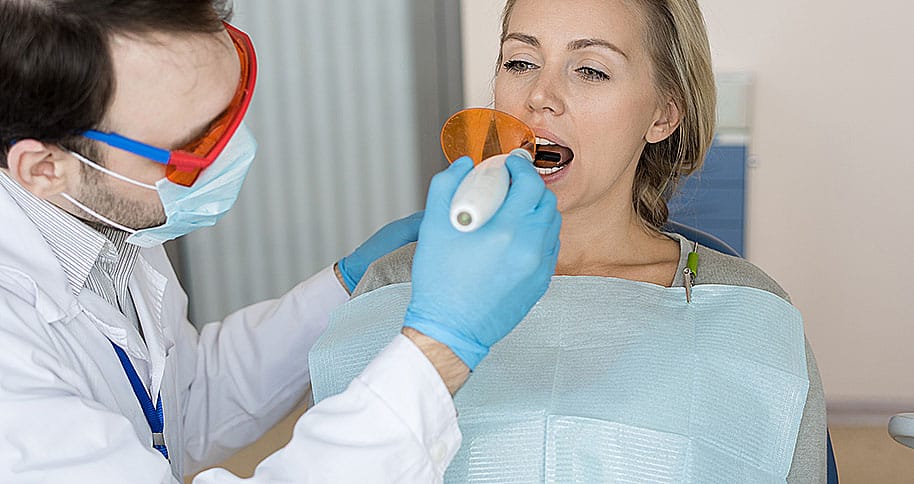Any surgery or medical procedure related to the hip can be very painful and most are also very invasive surgeries. Here is everything you should know about the pain and aftermath that is followed by hip replacement surgery.
Discomfort In The Lower Back
As far as the surgery is concerned, you don’t feel any pain during the procedure, as you are put under anesthesia. The process is fairly long and after the procedure is done and your injured hip is replaced with a prosthetic, you will be extubated and the anesthesia will start to wear off.
This is where you will begin to feel some pain where the incision is made. The pain will radiate from your lower back to your groin and even your lower legs. This is a normal thing to happen as your prosthetic hip bone is getting adjusted to your body.
Duration Of The Pain
After the surgery, most patients are free to walk about. You will feel pain and that can vary in intensity for different people. Some people have a good pain tolerance and they can take a bit of sting here and there, but for other people, the pain might be excruciating and patients might need painkillers in order to get the relief they are looking for. Nonetheless, the pain is there and it might be a slightly uncomfortable and stinging feeling in your lower back where the incision is made.
Pain In The Incision
It’s completely normal for the incision to feel tender and painful for a couple of days. This is the healing process of the incision and you might need to ride through it. Painkillers and light physical therapy might help to make the journey easier. What you need to look out for is infections and worsening of the incision.
You need to keep it dry at all times and you also need to keep it disinfected. This will heal the surgical quickly and you will not experience any more problems with the cut or scar on your back.
Using Painkillers
As mentioned above, there are different people who tolerate pain differently. If you are someone who can’t take the pain, then you can most certainly ask the doctor to prescribe you a painkiller or two to help you ride through the wave of excruciating pain.
What you don’t want to do is rely on things and powerful things like steroids and other instant relief products. You will grow tolerant of them and you will not find the relief you want. Basic painkillers are the best option for you.
Activities After The Surgery
After a successful hip replacement surgery and your discharge, you will be advised not to bend your back too much for a good couple of months. You want to keep your back straight and prevent putting too much weight on it. You will also need to put less pressure on the side of the leg where the incision is, because high pressure or force in that area will lead to dislocation and damage of the hip bone.
Light walking and exercising are encouraged but care should be taken not to bend your back too much. It’s better to take things easy for a couple of months until you get the go-ahead from your doctor.
Physical Therapy Helps
A great way to manage the pain in your hip, especially after the surgery, is physical therapy. Physical therapy is a great way to get your body moving after being static for so long in the surgery and it will also help your body get back in the swing of things slowly without putting too much burden on your back or newly replaced hip. Physical therapy can be done by a specialist or you can also do it by yourself; just start slow and easy.
Conclusion
There you have it! These things can be different for different people. Some will recover tremendously after a hip replacement surgery and some will experience more pain and soreness. It all depends on the success rate of the surgery. This is why it’s vital to get the procedure done by an experienced hip replacement surgeon Woodbridge. Get recommendations from your family doctor or search online.


